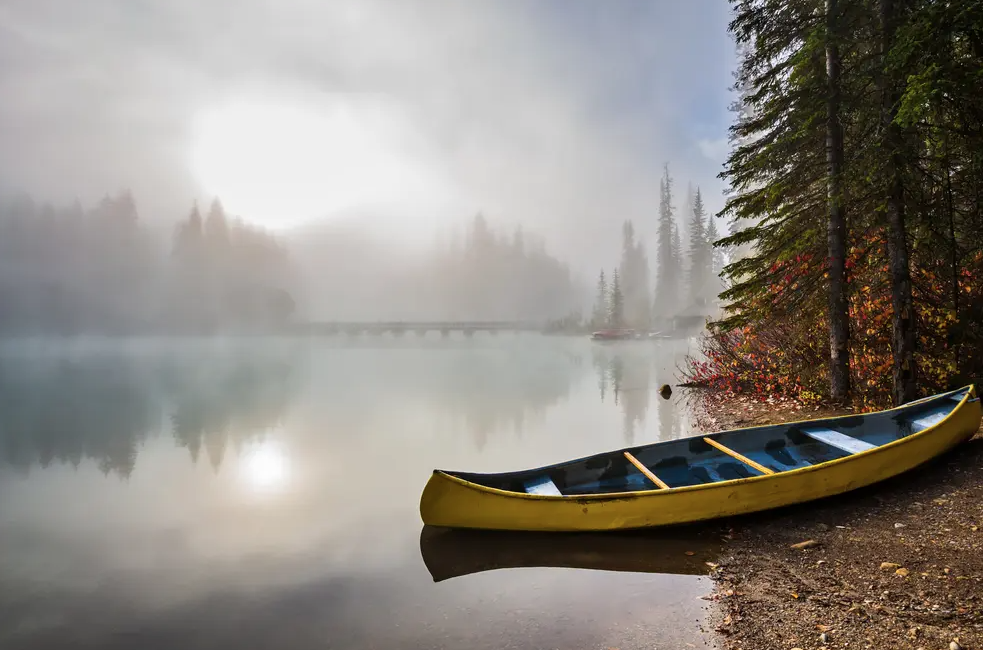Coated with a mixture of polymers and titanium oxide, the grid allows you to recover water from the fog and purify it
(sustainabilityenvironment.com) – They used only solar energy and, for the first time, they managed to recover water from the fog. Innovation comes from researchers at the ETH Zurich and the Max Planck Institute for Polymer Research in Mainz. The team found a way to convert mist into liquid while purifying it of pollutants.
The result is drinking water from a reaction that uses only renewable energy. How did they do that? The experiment saw the use of a dense-meshed metal lattice, coated with a mixture of polymers and titanium dioxide. Polymers capture water droplets on the net and facilitate rapid drainage in a container. Titanium dioxide plays a crucial role in the chemical process, breaking down the molecules of various organic pollutants present in droplets. In this way, the fog is purified and the result is clean and potable water.
read also How do you desalinate water with 90% less energy?
Researchers say their technology may require minimal maintenance and energy, due to the materials used and dependence on solar panels for electricity. Half an hour of sunlight is enough to reactivate the titanium dioxide for another 24 hours. The material has a property known as photocatalytic memory. In practice, if the substance is activated with UV light, it remains catalytically active for a longer period, even in the dark.
In addition to clean water, the technology developed by Swiss and German researchers can also be used to recover water from cooling towers, which are quite common in Germany and the USA. They cool power plants and produce hot water that evaporates in contact with the air, spreading steam into the atmosphere. It might make sense to capture some of that steam before it disperses, purify it and reintroduce it into the environment. But lattices for water from fog can also be installed in regions where haze is frequent. We immediately think of the Po Valley, but the researchers thought of Peru, Bolivia, Chile, Morocco and Oman. Areas where water is sometimes scarce and available for drinking or cooking may not be so obvious.

